Leopard geckos (Eublepharis macularius) have become incredibly popular pets due to their manageable size, distinctive appearance, and relatively straightforward care requirements. However, like all reptiles, these fascinating creatures are susceptible to various health conditions that can significantly impact their quality of life and longevity. As responsible pet owners, understanding these common ailments—their causes, symptoms, and prevention methods—is crucial for ensuring your gecko thrives in captivity. This article explores seven prevalent health issues that affect leopard geckos and provides practical advice on how to prevent them through proper husbandry, nutrition, and proactive care. Whether you’re a first-time leopard gecko owner or an experienced keeper looking to refine your care routine, this information will help you maintain your pet’s optimal health and happiness for years to come.
Metabolic Bone Disease (MBD): The Silent Crippler
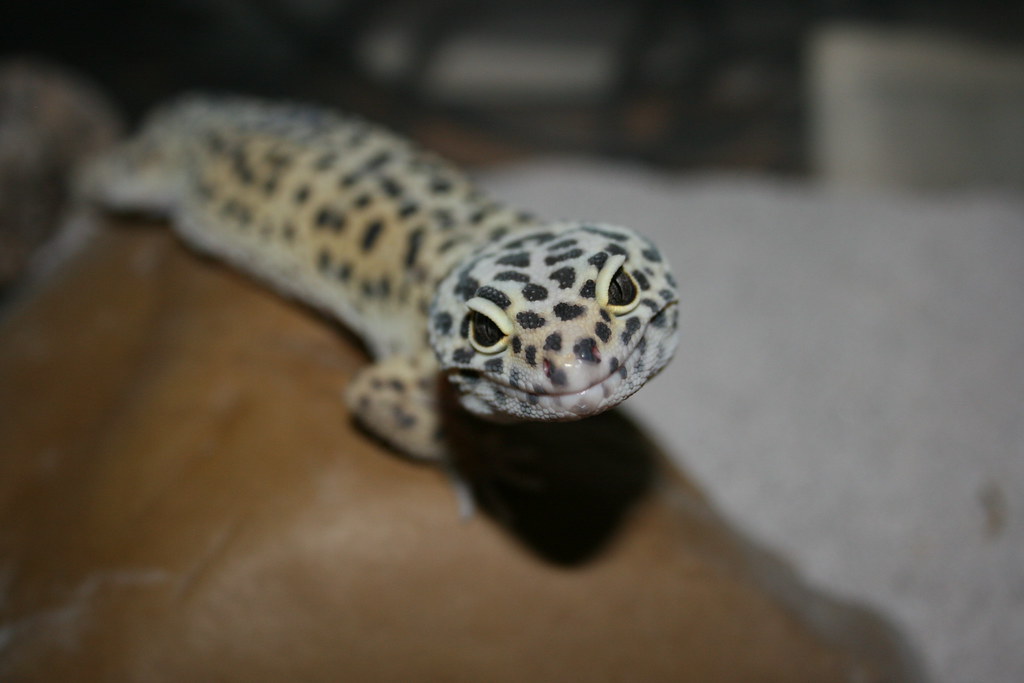
Metabolic Bone Disease represents one of the most devastating yet preventable conditions affecting captive leopard geckos. This nutritional disorder occurs when geckos don’t receive adequate calcium, vitamin D3, or proper UVB lighting, resulting in their bodies extracting calcium from their own bones to maintain essential bodily functions. The symptoms develop gradually, beginning with subtle trembling in the limbs, progressing to difficulty walking, swollen or deformed limbs, and in severe cases, a softened jawbone (known as “rubber jaw”) and spinal deformities. Prevention revolves around consistent calcium supplementation—dusting feeders with calcium powder (with D3 if UVB lighting isn’t provided) 2-3 times weekly for adults and daily for juveniles. A shallow dish of calcium powder can also be left in the enclosure, allowing geckos to self-regulate their intake when needed. Proper UVB lighting (5-7% for leopard geckos) provides a natural pathway for vitamin D3 synthesis, though it must be replaced every 6-12 months as the UV output diminishes over time even when the light appears functional.
Impaction: A Digestive Emergency

Impaction occurs when a leopard gecko’s digestive tract becomes blocked, typically due to ingestion of inappropriate substrate or oversized prey items. This potentially life-threatening condition manifests through symptoms including constipation (no bowel movements for several days), abdominal swelling, loss of appetite, lethargy, and in severe cases, dragging hind limbs due to pressure on nerves. Prevention starts with proper substrate selection—avoid sand, calcisand, gravel, or loose particle substrates for juvenile geckos or adults with poor hunting accuracy. Instead, opt for safer alternatives like paper towels, reptile carpet, non-adhesive shelf liner, or specially formulated digestion-safe substrates designed for desert reptiles. Additionally, always feed appropriately sized prey items—insects should be no larger than the space between your gecko’s eyes—and ensure feeders are properly gut-loaded and dusted with calcium. A shallow water dish should always be available to promote proper hydration, which supports healthy digestion and can help prevent impaction.
Respiratory Infections: When Breathing Becomes Labored
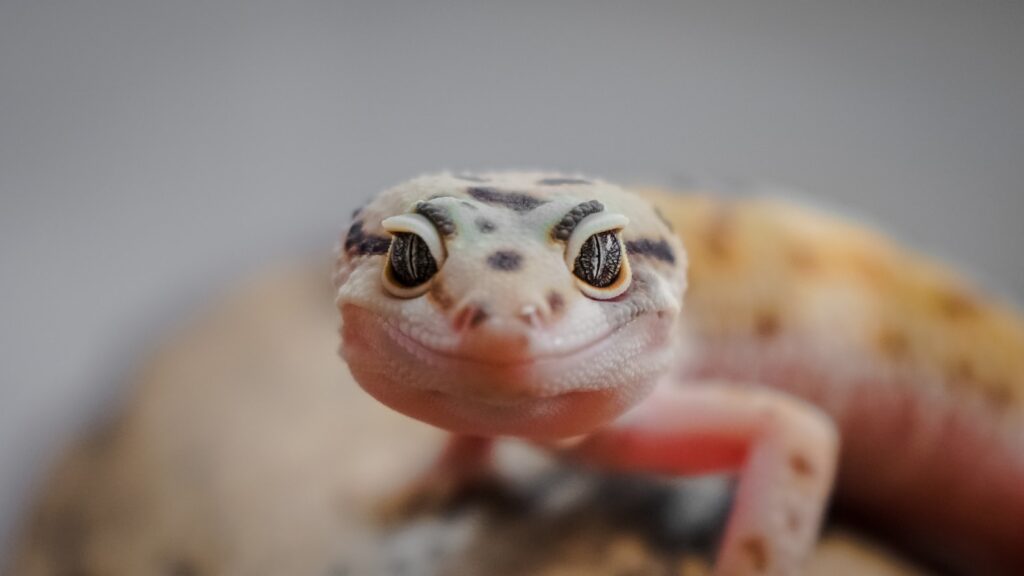
Respiratory infections in leopard geckos typically develop when environmental conditions aren’t properly maintained, particularly when humidity levels remain too high or temperatures too low for extended periods. These infections are characterized by wheezing, open-mouth breathing, excessive mucus around the mouth or nostrils, lethargy, and in advanced cases, clicking sounds during respiration. Prevention centers on maintaining proper enclosure parameters—daytime ambient temperatures between 80-85°F (26-29°C) with a basking spot of 88-92°F (31-33°C), and nighttime drops to around 70-75°F (21-24°C). Humidity should generally remain between 30-40%, with a slight increase during shedding periods. Adequate ventilation is equally important; glass terrariums should have mesh tops, and regular cleaning with reptile-safe disinfectants helps eliminate harmful bacteria and fungi. A clean, properly heated environment significantly reduces the risk of respiratory complications, allowing your gecko’s natural immune defenses to function optimally.
Parasitic Infections: Invisible Invaders
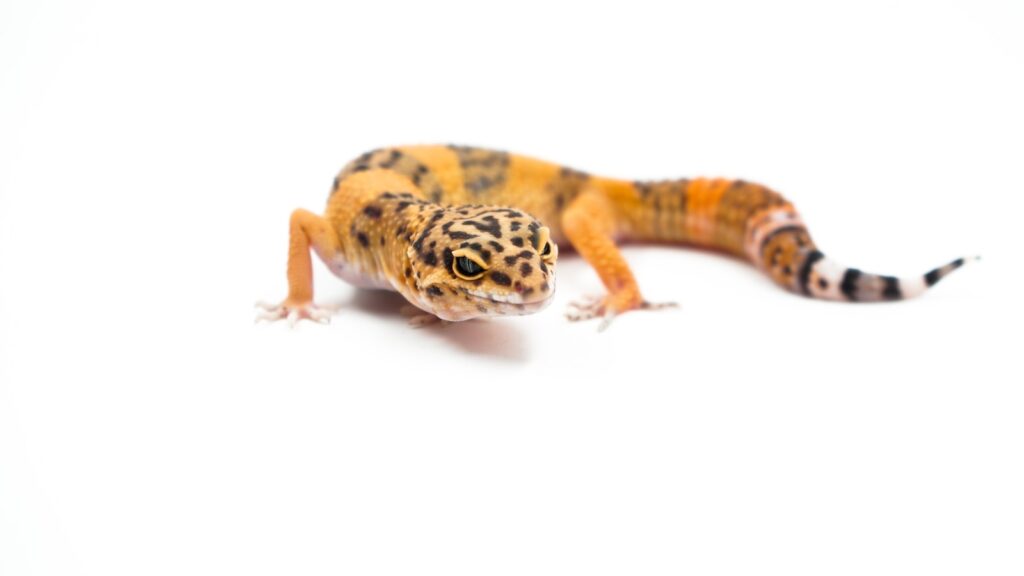
Parasitic infections, both internal and external, represent a significant health concern for leopard geckos, often manifesting as unexplained weight loss despite normal appetite, diarrhea (sometimes with blood), lethargy, regurgitation, or visible parasites in feces. External parasites like mites appear as tiny moving specks, particularly around eyes, ear openings, and skin folds. Prevention starts with thorough quarantine protocols for new geckos—a minimum 60-90 day isolation period with regular fecal testing before introduction to existing collections. Wild-caught feeders should be avoided entirely, as they frequently harbor parasites; instead, opt for captive-bred insects from reputable sources. Maintaining scrupulous enclosure hygiene with prompt removal of feces and uneaten prey items limits opportunities for parasitic life cycles to complete. Annual or bi-annual veterinary check-ups that include fecal examinations can catch parasitic infections before they become severe, even when symptoms aren’t obvious, allowing for early intervention with appropriate medications prescribed by a qualified reptile veterinarian.
Dysecdysis: When Shedding Goes Wrong
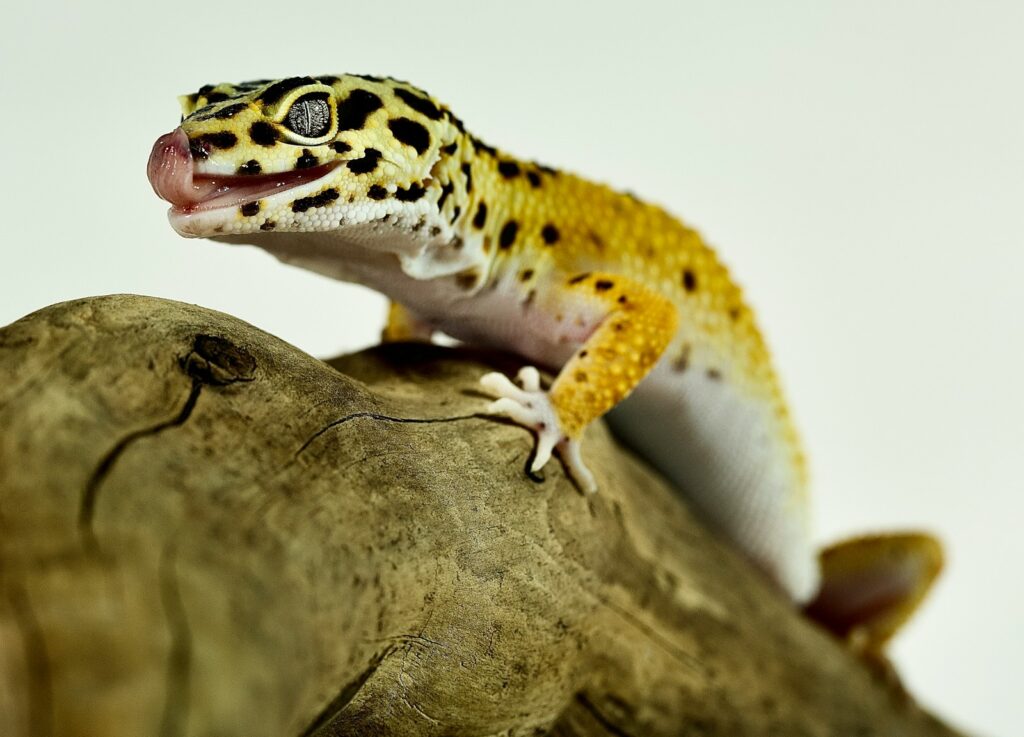
Dysecdysis, or abnormal shedding, occurs when a leopard gecko cannot properly remove its old skin during the natural shedding process. This condition most commonly affects the toes, tail tip, and eyelids, where retained skin can restrict blood flow, potentially leading to tissue death and loss of these extremities if not addressed promptly. Signs of dysecdysis include patches of dull, grayish skin remaining after a shed, constriction rings on toes or tail, swelling of digits, or difficulty opening eyes due to stuck eyelid skin. Prevention involves creating a designated “humid hide”—a small enclosed space with moistened substrate (like sphagnum moss or paper towels) maintained at 70-80% humidity that allows geckos to regulate their own humidity exposure during shedding periods. Regular misting of this microclimate keeps humidity levels appropriate without raising enclosure humidity excessively. If your gecko struggles with persistent shedding issues despite a humid hide, slightly increasing overall enclosure humidity (40-50%) during visible pre-shed phases (when the gecko appears dull or whitish) can provide additional support while maintaining proper respiratory health.
Nutritional Deficiencies: Beyond Calcium Concerns
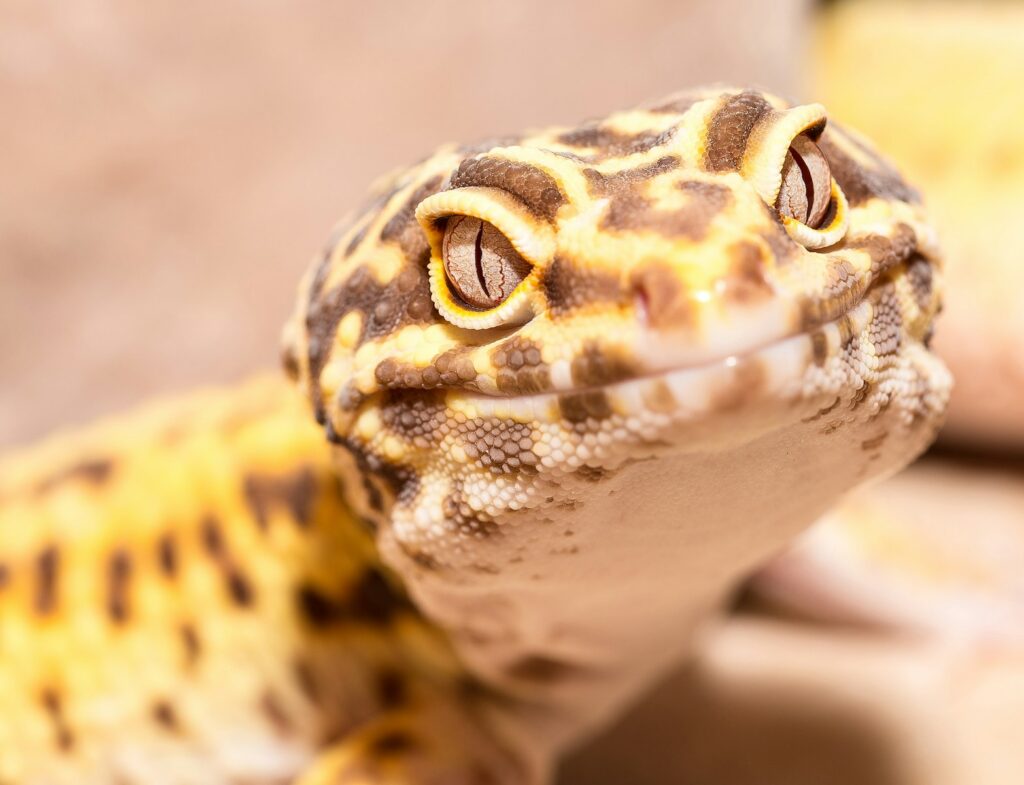
While calcium deficiency receives significant attention through discussions of MBD, leopard geckos require a complex nutritional profile that extends far beyond calcium alone. Deficiencies in vitamin A can cause eye issues, skin problems, and reduced reproductive success, while inadequate protein leads to muscle wasting and poor growth. Prevention requires implementing a varied diet featuring diverse feeder insects—crickets, dubia roaches, mealworms, superworms, and hornworms—each offering different nutritional components. These feeders must be properly gut-loaded 24-48 hours before feeding, using high-quality commercial gut-load formulas or fresh vegetables high in nutrients (dark leafy greens, sweet potato, carrots). A rotation of supplements is equally important: calcium with D3 (2-3 times weekly), plain calcium (1-2 times weekly), and a balanced multivitamin with preformed vitamin A (once weekly), each used to dust feeders according to a consistent schedule. Juveniles typically require more frequent supplementation than adults, supporting their rapid growth and development phases.
Egg Binding (Dystocia): A Female-Specific Emergency
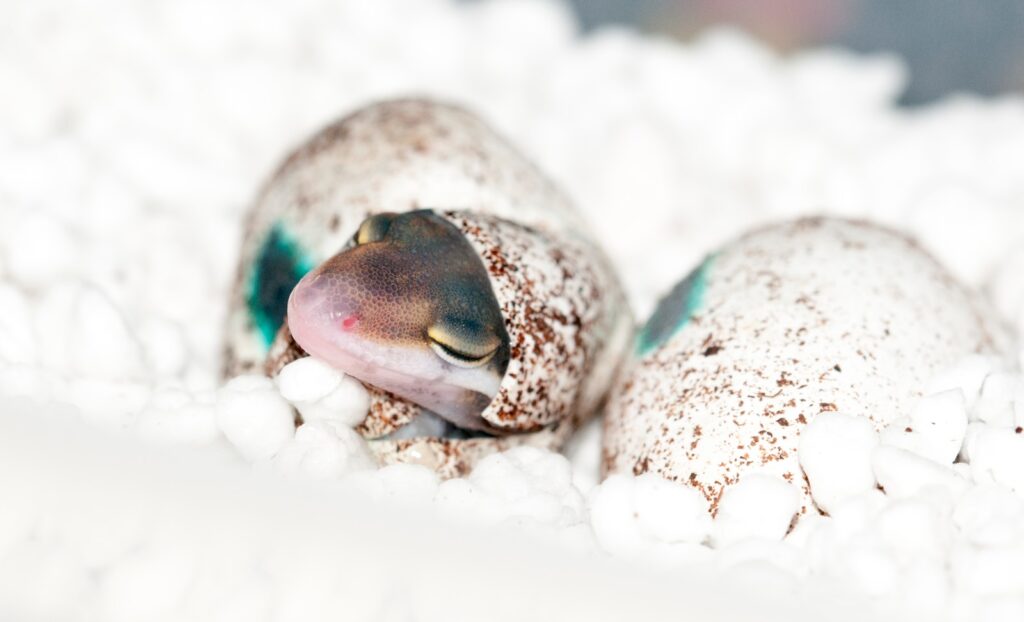
Egg binding or dystocia occurs when a female leopard gecko is unable to pass her eggs, creating a potentially life-threatening emergency that requires immediate veterinary intervention. Symptoms include straining, lethargy, loss of appetite, swollen abdomen, dragging hind limbs, and visible eggs through the ventral skin that remain static for more than 48 hours. Prevention focuses on maintaining optimal female health through proper nutrition with adequate calcium supplementation to ensure shell formation capabilities, appropriate body weight (neither obese nor underweight), and suitable laying substrate. Females of breeding age should have access to a laying box filled with at least 4-6 inches of moist substrate (coconut fiber or vermiculite work well) for egg deposition, even if not deliberately bred, as many females produce infertile eggs regardless of male presence. Managing environmental parameters carefully during breeding seasons helps reduce dystocia risk, particularly avoiding temperature fluctuations that might confuse normal physiological processes. Any female showing signs of egg binding should receive emergency veterinary care, as this condition can rapidly deteriorate without professional intervention.
Thermal Burns: Hidden Heating Hazards

Thermal burns represent a significant yet entirely preventable injury affecting leopard geckos housed with improper heating elements. These painful injuries occur most commonly when under-tank heaters lack thermostatic control, heating rocks are used (never recommended for reptiles), or heat lamps are positioned too close to surfaces where geckos can access. Burns typically appear as reddened, blistered areas on the ventral surface, particularly the belly and tail base, and can progress to open wounds susceptible to secondary infections. Prevention revolves around proper heating equipment setup—all heating elements should be controlled by quality thermostats with external temperature probes positioned at the substrate level where the gecko rests. Under-tank heaters should cover only 30-40% of the enclosure floor, allowing the gecko to thermoregulate by moving between warmer and cooler areas. Heat-emitting bulbs should be secured with proper ceramic fixtures and protective guards, positioned at distances that create appropriate temperature gradients without hot spots exceeding 95°F (35°C). Regular temperature monitoring using digital thermometers or infrared temperature guns enables quick identification of dangerous hot spots before injury occurs.
Stress-Related Disorders: The Psychological Component
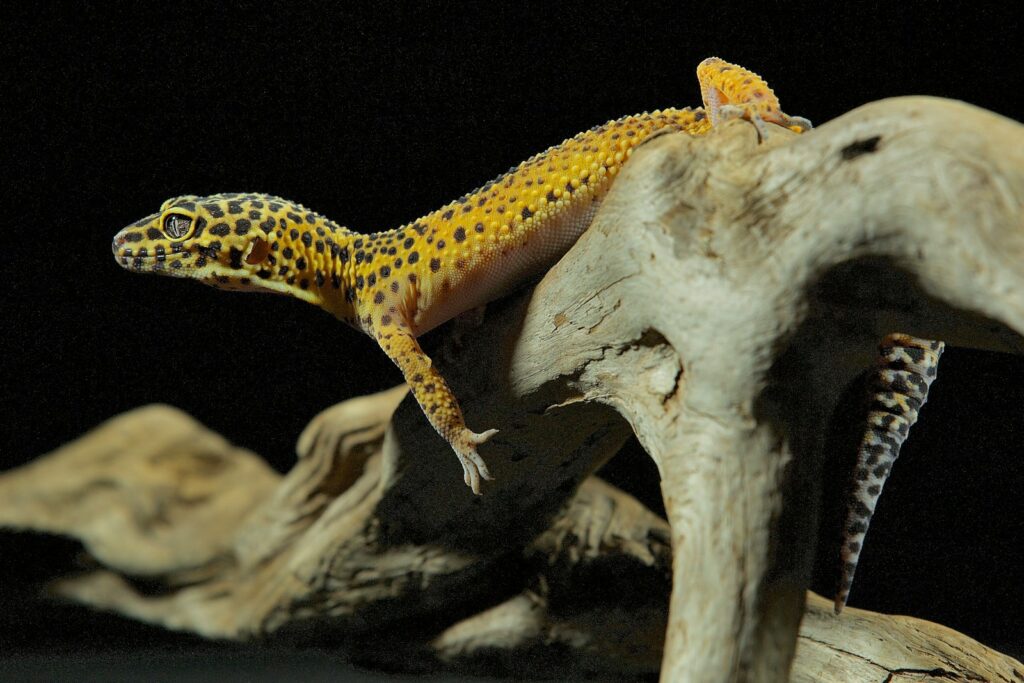
While not always recognized as a distinct health issue, chronic stress significantly impacts leopard gecko immune function and overall wellbeing, manifesting through symptoms like appetite loss, excessive hiding, aggression, darkened coloration, weight loss, and increased vulnerability to other health conditions. Common stressors include inappropriate handling (especially during the day when these nocturnal creatures normally rest), cohabitation with incompatible geckos, insufficient hiding spaces, excessive enclosure traffic/noise, or frequent environment changes. Prevention involves creating a psychologically appropriate habitat with multiple secure hides (minimum of three—warm, cool, and humid), visual barriers that provide security, and consistent handling routines kept to appropriate durations (5-15 minutes initially, building up gradually). Respect your gecko’s crepuscular/nocturnal nature by interacting primarily during evening hours when they’re naturally more active. Cohabitation should generally be avoided except for carefully monitored breeding purposes, as even female leopard geckos often establish dominance hierarchies that can result in resource competition, stress, and injury to subordinate individuals.
Proactive Monitoring: Establishing Health Baselines

Proactive health monitoring represents one of the most effective approaches to preventing serious illness in leopard geckos, allowing owners to identify subtle changes before they develop into major medical concerns. Establish a weekly health check routine that includes observing your gecko’s movement for any limping, weakness, or unusual gait, examining the vent area for cleanliness and absence of swelling, and noting overall body condition including appropriate weight and fat storage in the tail. Maintenance of detailed records documenting weight (measured weekly or bi-weekly using a digital gram scale), feeding response, shedding dates, bowel movements, and any unusual behaviors provides invaluable baseline data for identifying potential health issues. Digital photographs taken monthly from consistent angles help document subtle physical changes that might otherwise go unnoticed. This systematic approach to monitoring enables early intervention—often before clinical symptoms become pronounced—significantly improving treatment outcomes and reducing the need for intensive veterinary interventions.
Finding a Qualified Exotic Veterinarian
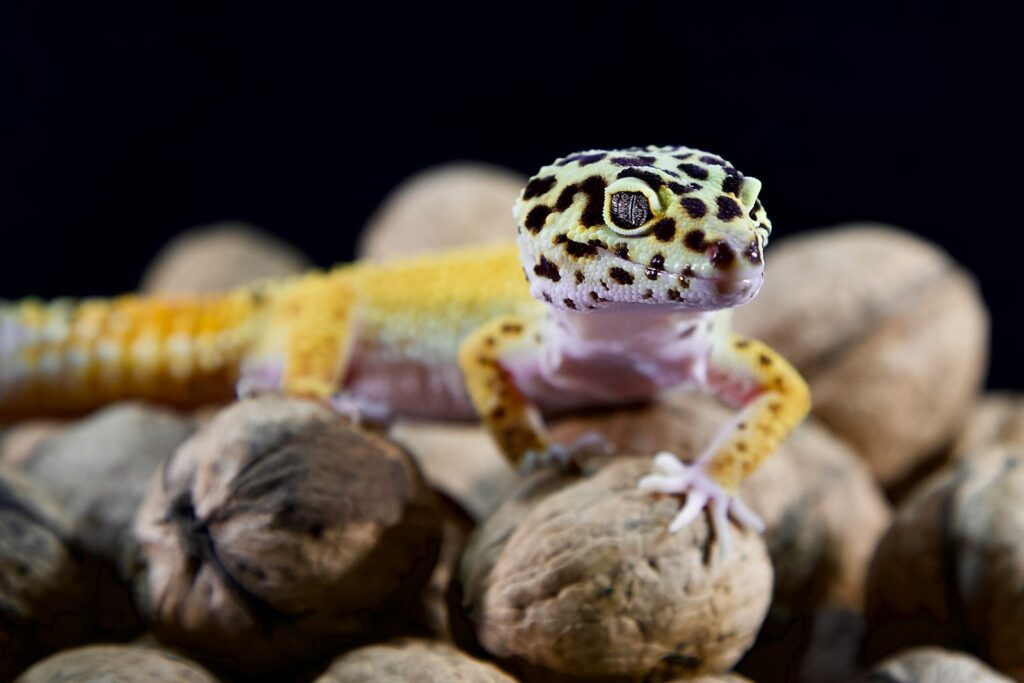
Establishing a relationship with a qualified reptile veterinarian before emergencies occur represents a crucial component of responsible leopard gecko ownership. General practice veterinarians often have limited experience with reptiles, potentially leading to misdiagnosis or inappropriate treatment protocols. Research veterinarians in your area who specifically list reptile or exotic pet experience, ideally with memberships in professional organizations like the Association of Reptile and Amphibian Veterinarians (ARAV). Schedule a wellness examination within weeks of acquiring your gecko to establish baseline health parameters and discuss preventative care specific to your setup. During this visit, discuss emergency protocols, after-hours options, and whether the practice offers services like fecal parasite testing and radiography essential for reptile diagnostics. Create an emergency fund specifically for potential veterinary expenses, as exotic animal medicine often requires specialized diagnostics and treatments that typically exceed costs associated with common companion animals like cats and dogs.
Creating a Comprehensive Quarantine Protocol
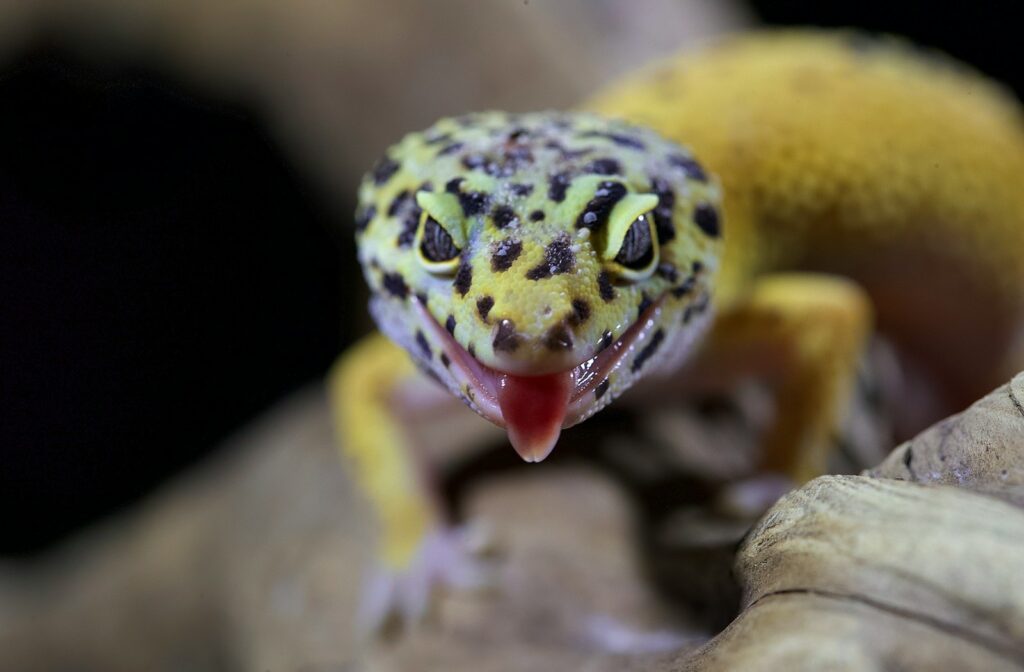
Implementing effective quarantine procedures for new leopard geckos represents one of the most powerful preventative health measures available to keepers with multiple animals. A proper quarantine period should last a minimum of 60-90 days, during which the new animal is housed in a simple, easily disinfected setup with appropriate temperatures and hides, but separate from all existing collection animals. This period should include at least two fecal parasite screenings performed by a veterinarian (at acquisition and toward the end of quarantine), careful daily monitoring for any health abnormalities, and a feeding record documenting prey acceptance and digestion. All maintenance tools, including tongs, water dishes, and décor, should remain dedicated to the quarantine enclosure only, and quarantined animals should always be handled after existing collection animals, with thorough hand washing between contacts. Even seemingly healthy animals can harbor subclinical parasites or infections that may only become apparent under the stress of relocation, making this period of observation invaluable for protecting both your new acquisition and existing collection.
Conclusion: The Integrated Approach to Leopard Gecko Health
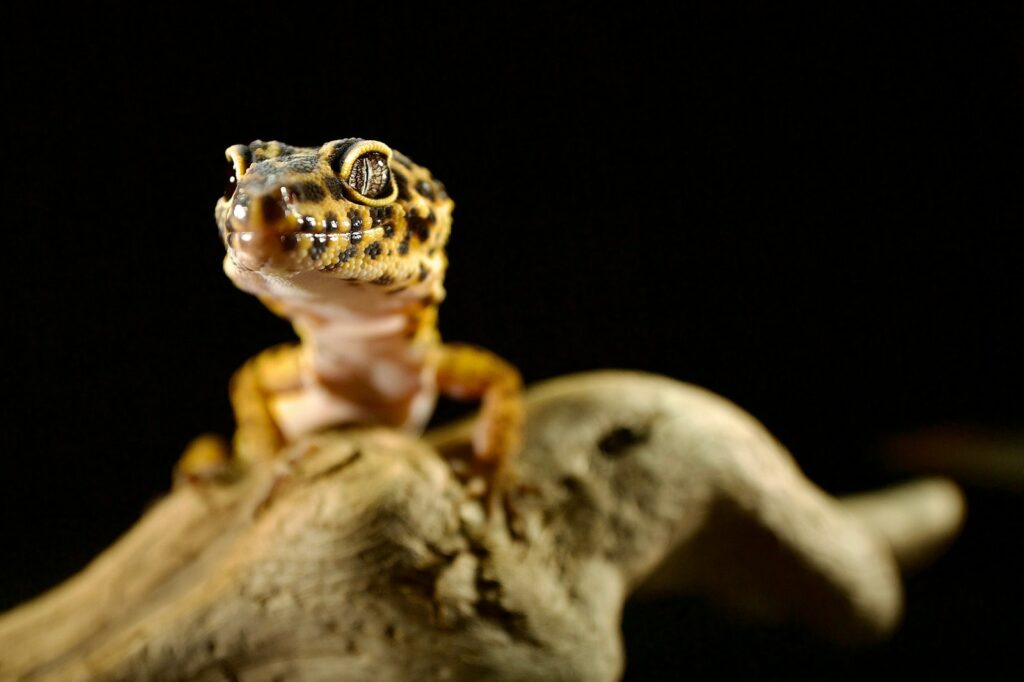
Maintaining optimal health in leopard geckos requires an integrated approach combining proper habitat design, nutrition, hygiene, and preventative monitoring. By familiarizing yourself with these common health issues and implementing the preventative strategies discussed, you significantly reduce the likelihood of your pet experiencing these conditions. Remember that many reptile health problems develop gradually and result from cumulative husbandry deficiencies rather than single catastrophic events. This makes your daily care routine—the consistent attention to temperature gradients, appropriate supplementation, clean water, and fresh food—the most powerful preventative medicine available. When combined with regular health checks, weight monitoring, and a relationship with a qualified reptile veterinarian, these practices create a comprehensive wellness system that supports your leopard gecko’s natural immune defenses and physiological needs. With proper care, leopard geckos can live 15-20 years or more in captivity, making the investment in preventative health measures well worth the effort for years of companionship with these fascinating reptiles.

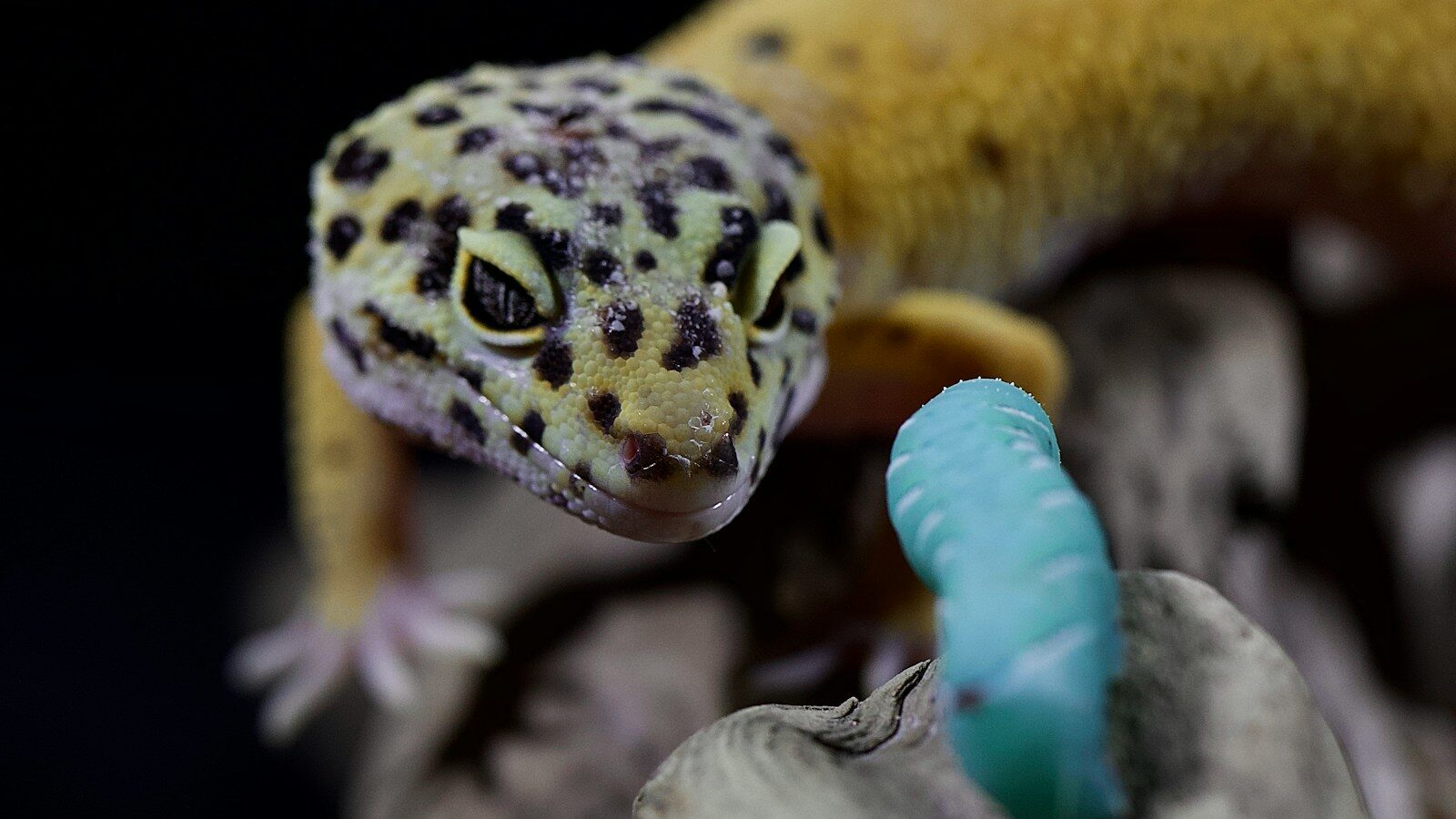





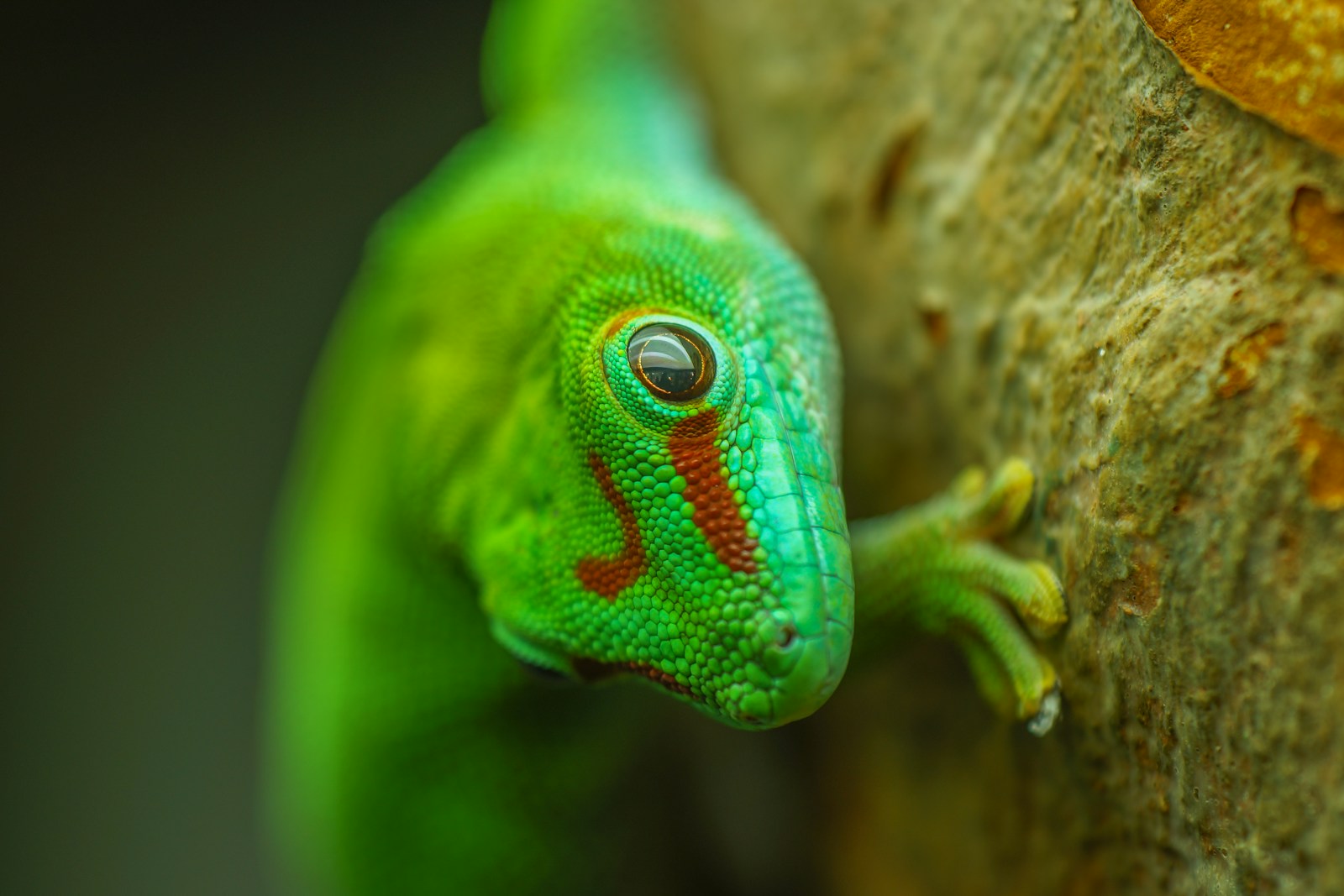
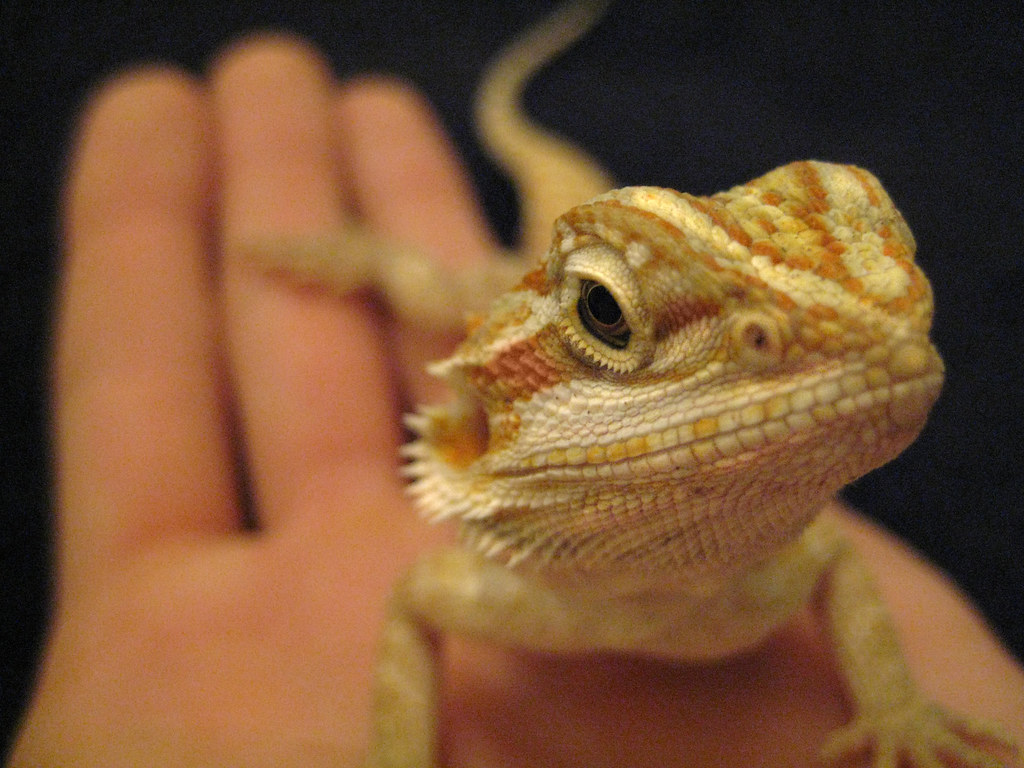


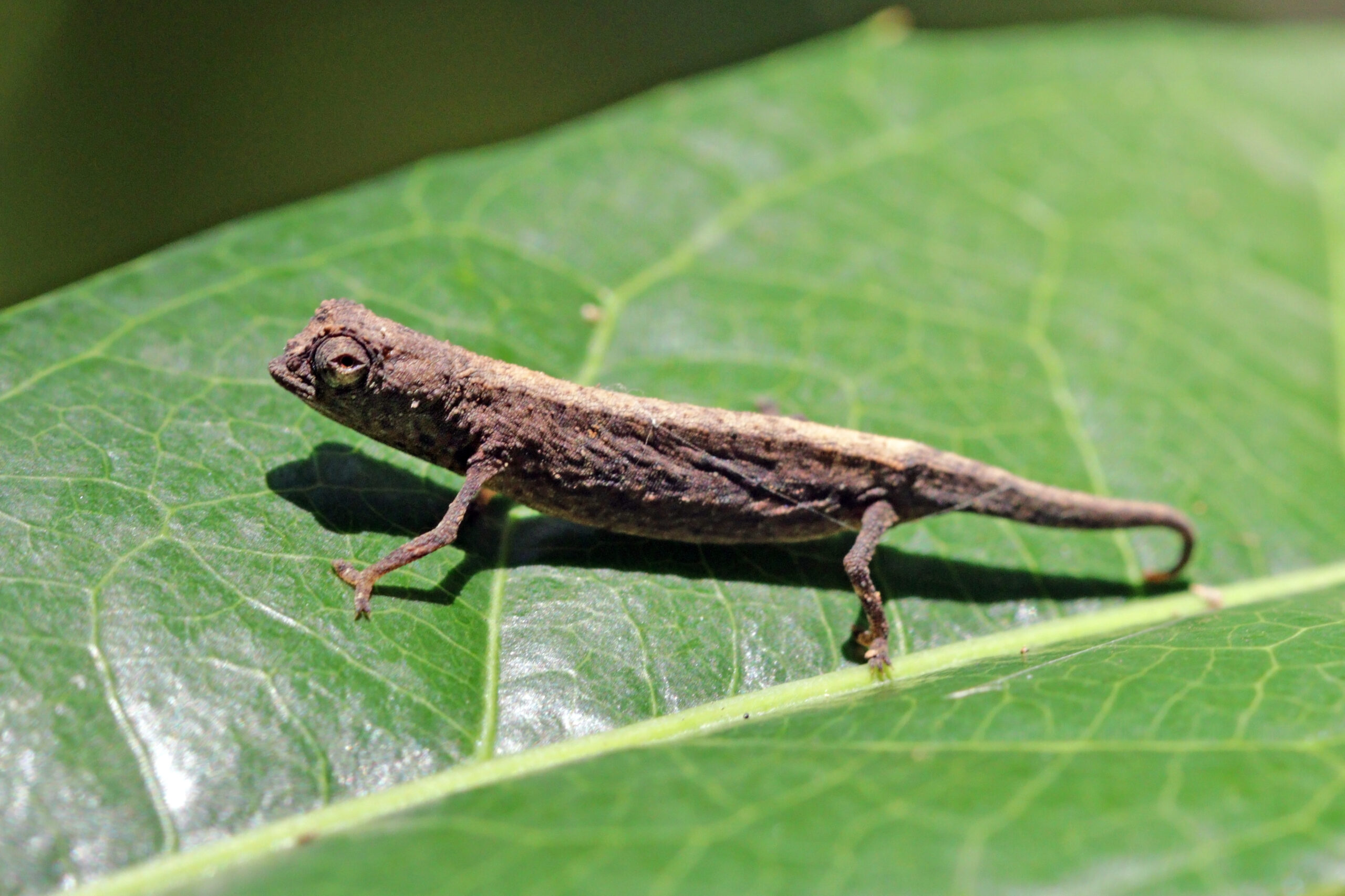




Leave a Reply